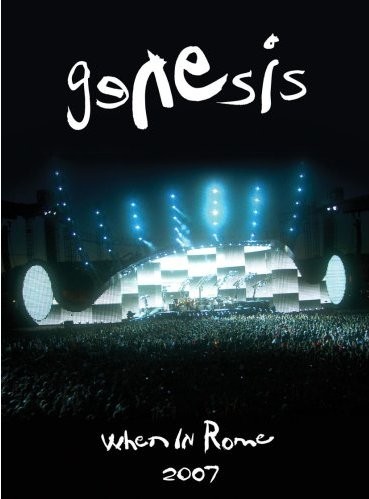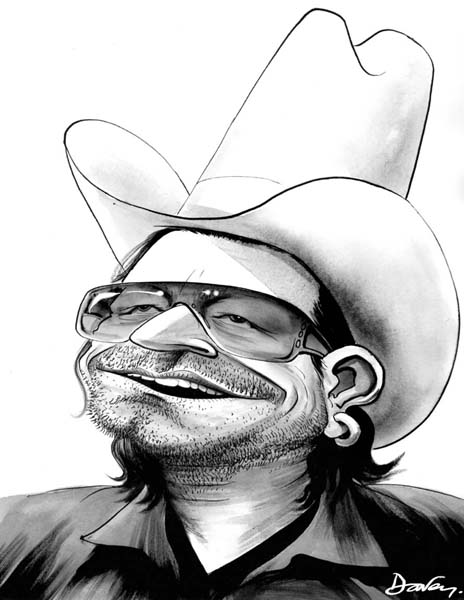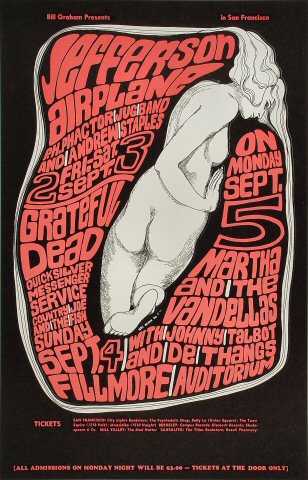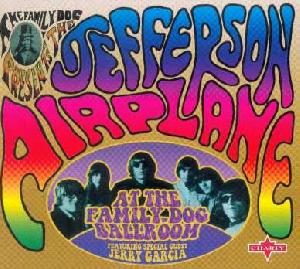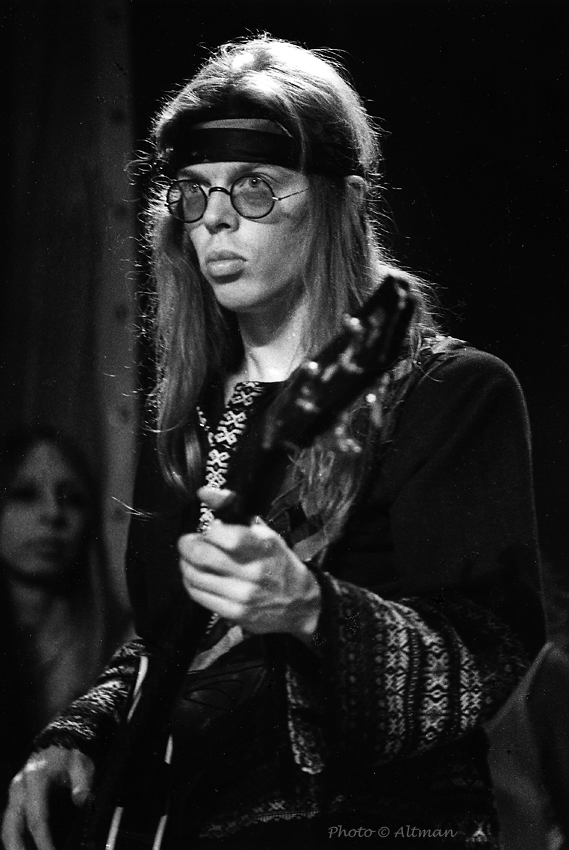Music Review: Willie Nelson - Stardust (30th Anniversary Legacy Edition)
 Over the short course of the history of popular music (at least as we define it today in the mostly American sense), there are but a handful of artists who stand out as truly iconic figures.
Over the short course of the history of popular music (at least as we define it today in the mostly American sense), there are but a handful of artists who stand out as truly iconic figures.These are those rare artists whose appeal transcends boundaries both artistic and generational. Gershwin, Berlin, Sinatra, and Bennett certainly all fall into this category. A decent argument could be mounted that the likes of Ray Charles, Duke Ellington, Johnny Cash, and even Bob Dylan (at least in terms of his songs) do as well.
But there are also iconic moments within that same short history.
Snapshots in time where a single artistic work changed the rules as we know them. You could certainly say this about an album like the Beatles Sgt. Pepper in the sixties, and the way these British upstarts nonetheless impacted American culture. Or, going back earlier, when Miles Davis taught us all the real meaning of A Kind Of Blue. You could also say this about songs like "Jailhouse Rock," "I'm So Lonesome I Could Cry," or even something as trite on the surface as "Staying Alive" in the seventies.
Hey, I wasn't a big disco fan either. But there is no denying that the song changed American culture at the time, for better or for worse.
My point here is that there are unique points in time where a song, an album, or an artist changes the way that the game is played forever. And for my money, Willie Nelson is a guy who did exactly that with his landmark 1978 album Stardust.

In 1977, when Willie first informed the executive brass at Columbia's country division in Nashville of his intent to record an album of pop standards from the Great American Songbook -- produced by Booker T, of "Green Onions" fame with the MGs no less -- I can almost imagine their collective gasp of horror.
Willie had already changed the rules once, practically inventing the seventies "outlaw country" genre with his collaborations with fellow malcontent Waylon Jennings, and on his own 1975 classic Red Headed Stranger. But this was something else entirely.
Sure, Willie was a guy who, like one of his biggest idols Frank Sinatra, always did things "His Way." But I can imagine those execs at the time were probably thinking something along the lines of "do we have to take it to quite this literal of an extent?"
The rest of course is history.
If Willie was already a legend at the time, Stardust would forever cement his status as an icon. The album had a run on the Billboard charts which at the time was simply unprecedented for a country artist. It spent ten and a half years dominating the country charts, and 117 weeks on the Top Pop Albums side. Long before the days of Garth, Kenny, and the rest, this was a feat that was nothing short of astounding. The album is five times platinum, and remains a strong catalog seller to this day.

Earlier this year, Sony Legacy began the process of digitally restoring and upgrading Willie's catalog with the excellent career spanning boxed set One Hell Of A Ride. This Tuesday, July 1, they will continue to do so with the two-disc, expanded and digitally remastered Stardust (30th Anniversary Legacy Edition).
I don't have to tell you how timeless the music that Willie recorded on this original 1978 classic is. Or at least I shouldn't have to.
Stardust is worth its weight in gold for Willie's timeless takes on both the title track and "Unchained Melody" alone. On the latter, Willie strips down the symphonic blast of the version Phil Spector produced for the Righteous Brothers -- classic that it is -- to a simple, plaintive sort of plea, anchored by that unremarkable, yet unmistakable voice.
As unique as Willie's lonely voice is, the sound he gets from that beat up old guitar is likewise unmistakably his own. Willie's guitar hero, flamenco jazzman Django Reinhardt, would definitely be proud. And while Ray Charles version of "Georgia On My Mind" may be the definitive blueprint, Willie's take on Stardust comes damned close.

Willie's visits to the Great American Songbook have remained a recurring theme throughout his career, and on the Stardust (30th Anniversary Legacy Edition), the second disc explores those from the years 1976 to 1990. The highlights here include Willie's take on Louis Armstrong's classic "What A Wonderful World," as well as a trio of standards recorded with the great Leon Russell for the 1979 album One For The Road.
The way Willie Nelson wears his inspirations -- which, outside of country and bluegrass, range from ragtime to rock to jazz to R&B -- on his sleeve, especially on this seminal album, is what makes this American original the true icon that he is. Seriously, when it comes to Americana, this guy's face belongs on Mount Rushmore.

Stardust (30th Anniversary Legacy Edition) will be in stores this Tuesday, just in time for that July 4th barbecue. So if you don't already own it, fire up that grill, and own an iconic piece of American history.
And if you do (already own it that is), it's time for an upgrade.

